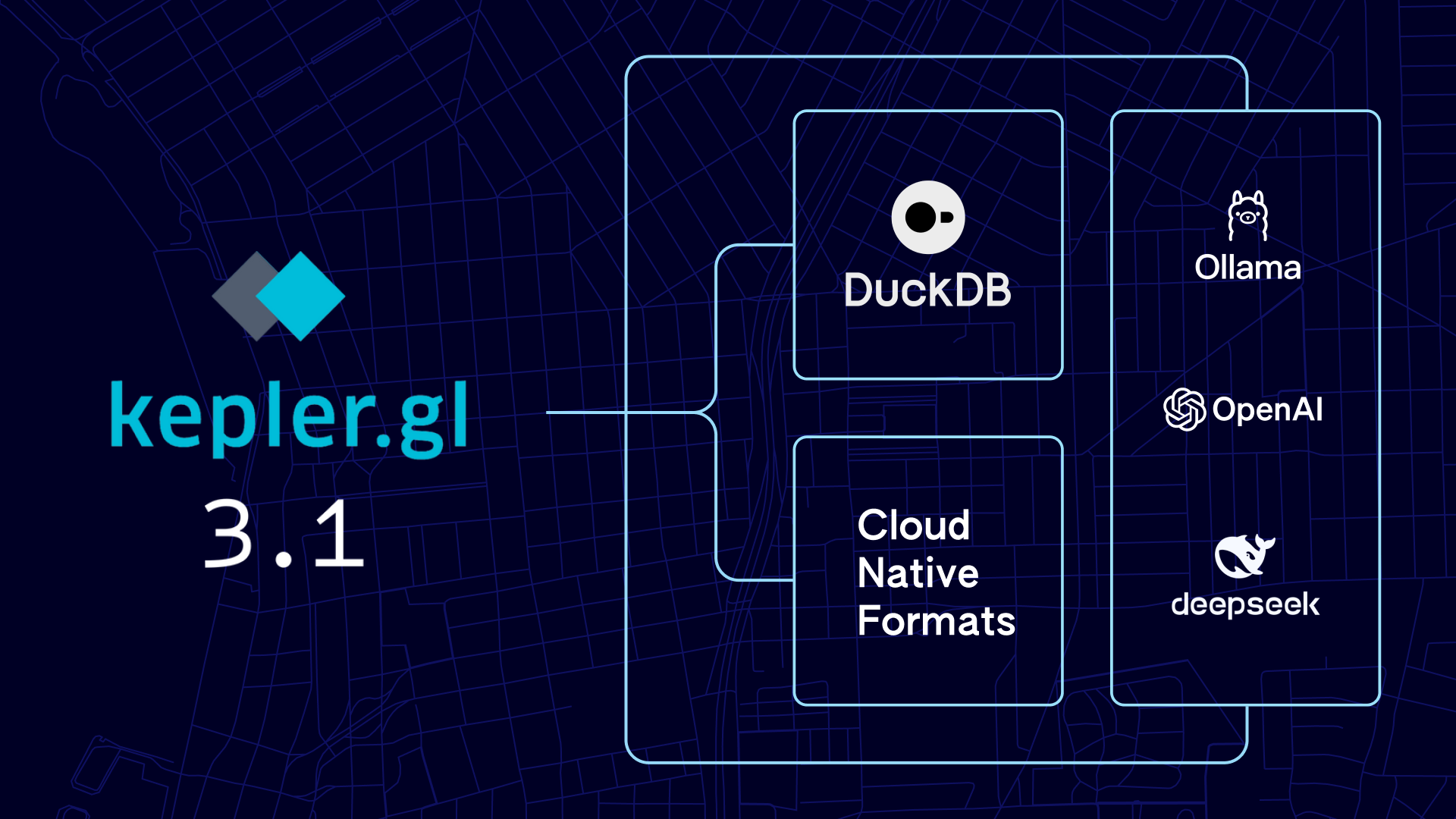Vikram Gundeti is now the Chief Technology Officer at Foursquare. A seasoned data expert with many patents to his name, Vikram implements breakthrough solutions that propel our location intelligence offerings.
It’s great to reconnect with you, Vikram! Since you first joined Foursquare in 2021, you’ve been a key player in retooling the FSQ software stack – rearchitecting our Places Engine, rebuilding our Attribution software, and introducing a way for us to compose various foundational datasets into our data backbone, Foursquare Graph. You also joined us as a Distinguished Engineer and were recently promoted to Chief Technology Officer. Congratulations!
We’ve got a lot to catch up on, so let’s dive in to cover what you’ve been up to.
An important part of your role is breaking down complicated data infrastructures to streamline engineering processes. Can you speak to some of the problems you are currently working to solve at Foursquare on behalf of our customers?
We are currently focused on improving our product velocity, as it allows us to bring new ideas, test them quickly and iterate on them. We are doing so by investing along two dimensions: a) we are actively rewriting significant portions of our tech stack using modern technologies and b) we are investing in providing AI tools to our developers to enhance their productivity. We are seeing positive results from these investments. For instance, we have rewritten a decade old MapReduce based pipeline using Spark within a matter of a few months, and that has helped the overall quality of life of the developers and made the service more reliable for our customers.
What challenges did building Foursquare Graph present? And how has this pioneering technology reinvented the ways our customers derive insights from location intelligence?
Our premise with the Foursquare Graph is that location data is only useful when you are able to connect the different pieces of information and not just view them in isolation. The investments have helped us internally in breaking down the data silos within our organization to build a common foundation for all our product lines. We still haven’t fully realized the potential of our investments in the Foursquare Graph in making it accessible to our customers more directly. We are actively working towards that mission.
In your opinion, what are the greatest opportunities for innovation in location technology today? How is Foursquare rising to meet these opportunities?
The location data landscape is changing. While more first-party location data is being generated than ever, companies generating such data do not have the tools or algorithms to process that data to derive meaningful insights. At the same time, increasing regulation of location data (which is good) means third-party location data, which most location intelligence software companies rely on, is becoming increasingly difficult to acquire. At Foursquare, we have access to our own rich 1P data, which allows us to hone our models that can be leveraged by our customers in their own environments to derive unique insights.
What motivates you to continue pushing the boundaries of what’s possible for our customers? How will you approach this as Chief Technology Officer and a leader?
The software industry is going through a transformational change. On the technological side, Gen AI is revolutionizing how we approach solving problems across different verticals in ways that weren’t possible before. On the organizational side, companies are moving to flatter org structures and focusing on adoption of AI tools to enhance developer productivity. Embracing this change is important to stay relevant in this industry. Foursquare has a unique history of continuously reinventing itself and still offering value to its customers. I’m a developer at heart and that is not going to change even as I take on the role of the CTO. My focus is going to be on empowering all the developers in our organization so that they can be at their best in problem solving, and putting them as close as possible to getting insights from our customers.
Based on your experience, what advice would you give to aspiring ICs whose goals are to become Distinguished Engineers? And now that your role has evolved into a leadership position, how do you balance the responsibilities of applying your technical expertise with hands-on team management?
It is important to stay in touch with the latest software happenings, regardless of what level you are at – not understanding the details of newer software capabilities is a mistake many senior engineers make as they rise through the hierarchy. I’m an engineer and a problem solver, that will always be a required skill set for leading technology endeavors in this new era. I will still find opportunities to go deeper on specific problems with teams as needed, while balancing other responsibilities and incorporating other tools to maximize productivity.
What are your aspirations for the future of Foursquare, and what impact do you hope to make?
My aspiration for Foursquare is to still democratize access to location intelligence by eliminating the need to learn to operate a new set of tools and technologies. We still think a conjunction of H3 and our knowledge graph is key to solving that problem.
Reviewed By: Casey Moynagh



